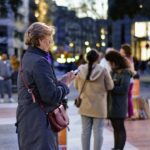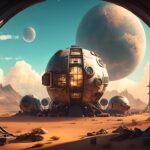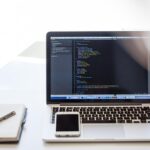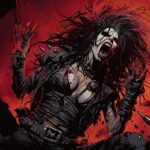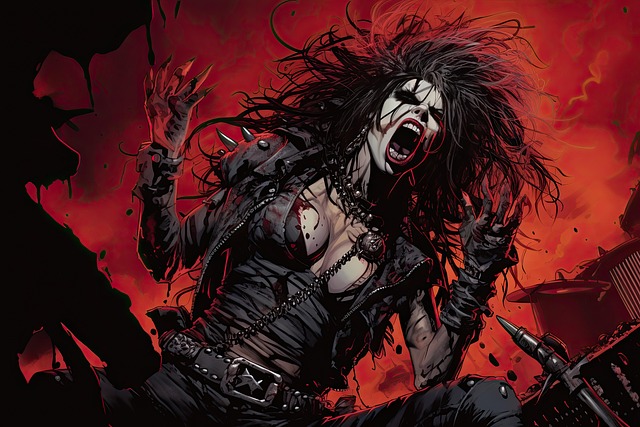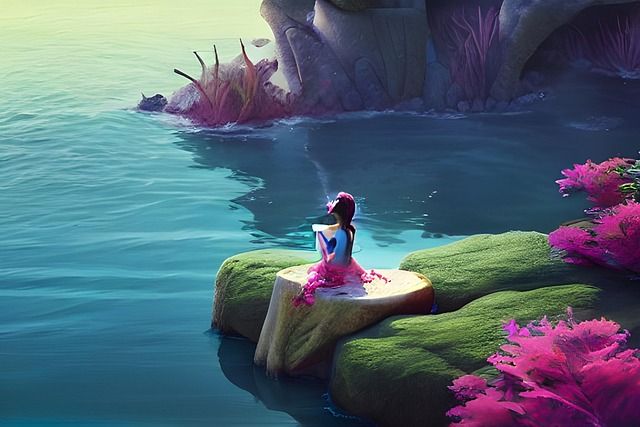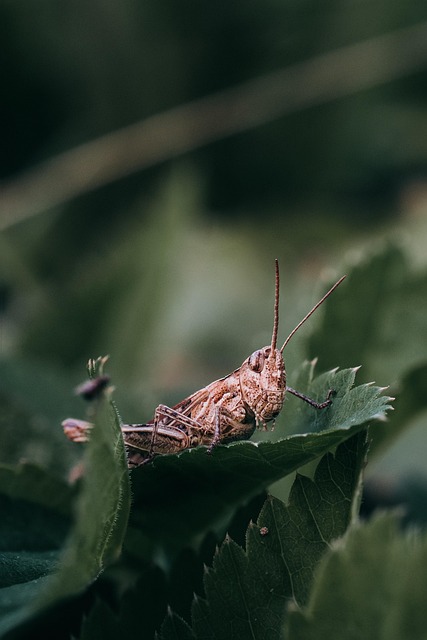# Revolutionary AI Tools Empowering Artists to Transform Their Work and Expand Their Artistic Vision
In the rapidly evolving landscape of digital art, artificial intelligence (AI) tools are emerging as game-changers, enabling artists to push the boundaries of their creativity. From generating stunning visuals to streamlining workflows, AI tools for artists like DALL·E, Midjourney, Stable Diffusion, Runway ML, and Adobe Firefly are transforming the way creatives approach their work. This article explores how these generative art tools are reshaping the world of visual and digital art, providing artists with innovative ways to express their artistic vision.
## The Rise of AI Digital Art Generators
AI digital art generators have become increasingly popular among artists and designers, allowing them to create unique pieces of art with unprecedented ease. These tools leverage machine learning algorithms to analyze vast datasets, enabling them to generate images, designs, and concepts based on user inputs. Here’s a closer look at some of the most influential AI tools currently available:
### 1. DALL·E
Developed by OpenAI, DALL·E is an AI model capable of generating high-quality images from textual descriptions. This tool allows artists to input a phrase or concept, and DALL·E will create a visual representation based on that input.
– **Use Case**: Artist and designer, Anna, used DALL·E to visualize a concept for a children’s book. By inputting descriptive phrases about characters and settings, she was able to generate multiple illustrations that inspired her final designs.
### 2. Midjourney
Midjourney is another powerful AI art generator that excels in creating detailed and imaginative visuals. It operates through a Discord bot, allowing users to interact with the AI in a collaborative environment.
– **Use Case**: Concept artist Jake utilized Midjourney to brainstorm ideas for a video game project. By generating various landscapes and character designs, he was able to refine his vision and present a cohesive concept to his team.
### 3. Stable Diffusion
Stable Diffusion is an open-source AI model that generates images based on text prompts. Its flexibility and accessibility make it a favorite among artists looking to experiment with generative art.
– **Use Case**: Graphic designer Maria integrated Stable Diffusion into her workflow to create promotional materials for a music festival. By simply inputting themes and keywords, she generated vibrant posters that captured the event’s spirit.
### 4. Runway ML
Runway ML is a versatile platform that combines AI with creative tools for video editing, image generation, and more. It empowers artists to create dynamic content using machine learning without requiring extensive technical knowledge.
– **Use Case**: Filmmaker Tom used Runway ML to enhance his short film project. By applying AI-driven video effects and transitions, he added a unique visual flair that set his work apart from traditional filmmaking techniques.
### 5. Adobe Firefly
Adobe Firefly is Adobe’s suite of generative AI tools designed for creatives. It integrates seamlessly with Adobe Creative Cloud applications, allowing artists to generate images, graphics, and animations directly within familiar software.
– **Use Case**: Illustrator Sarah incorporated Adobe Firefly into her design process to create custom patterns for her textile work. The tool’s ability to generate variations based on her specifications saved her hours of manual work.
## How AI Tools Are Transforming Artistic Workflows
The integration of AI tools into the creative process offers several benefits:
– **Increased Efficiency**: Artists can generate multiple iterations of their ideas in seconds, significantly reducing the time spent on initial concept development.
– **Enhanced Creativity**: By providing unexpected results, AI tools encourage artists to explore new styles and concepts they may not have considered.
– **Accessibility**: Many AI art generators are user-friendly and require minimal technical expertise, making them accessible to a broader audience of creatives.
## Real-World Examples of AI in Action
The impact of AI on the art world is evident in the work of various artists and creative professionals. Here are a few notable examples:
– **Refik Anadol**: A media artist and director, Anadol uses AI to create mesmerizing data-driven artworks. His installations, which often blend architecture and AI-generated visuals, push the boundaries of traditional art forms.
– **Krista Kim**: A digital artist known for her work in the NFT space, Kim utilizes AI to create immersive digital environments. Her work often explores themes of technology and human experience, showcasing the potential of AI in contemporary art.
– **Beeple**: Digital artist Mike Winkelmann, known as Beeple, gained fame for his NFT artworks. He incorporates AI tools into his creative process, allowing him to produce a diverse range of content that captivates audiences worldwide.
## The Future of AI in Creative Fields
As AI technology continues to advance, its role in the creative industries is set to expand even further. Here are some potential developments on the horizon:
– **Collaborative AI**: Future AI tools may enable deeper collaboration between artists and machines, allowing for a more interactive creative process where artists can guide the AI in real-time.
– **Personalized Art Creation**: AI could analyze individual artists’ styles and preferences to generate customized suggestions, enhancing their unique artistic voice.
– **Ethical Considerations**: As AI-generated art becomes more prevalent, discussions around copyright, ownership, and the ethical implications of using AI in creative work will become increasingly important.
## Conclusion
The advent of AI tools for artists marks a significant shift in the creative landscape, providing new avenues for expression and innovation. As artists embrace these technologies, they are not only transforming their own work but also reshaping the broader art world. With tools like DALL·E, Midjourney, Stable Diffusion, Runway ML, and Adobe Firefly, the possibilities for artistic exploration are limitless. As we look to the future, it is clear that AI will continue to play a pivotal role in empowering creatives, expanding their artistic vision, and redefining what it means to be an artist in the digital age.
By harnessing the power of generative art tools, artists can unlock new levels of creativity and transform their workflows, ensuring that the art of tomorrow is as exciting and dynamic as the technology that drives it.

